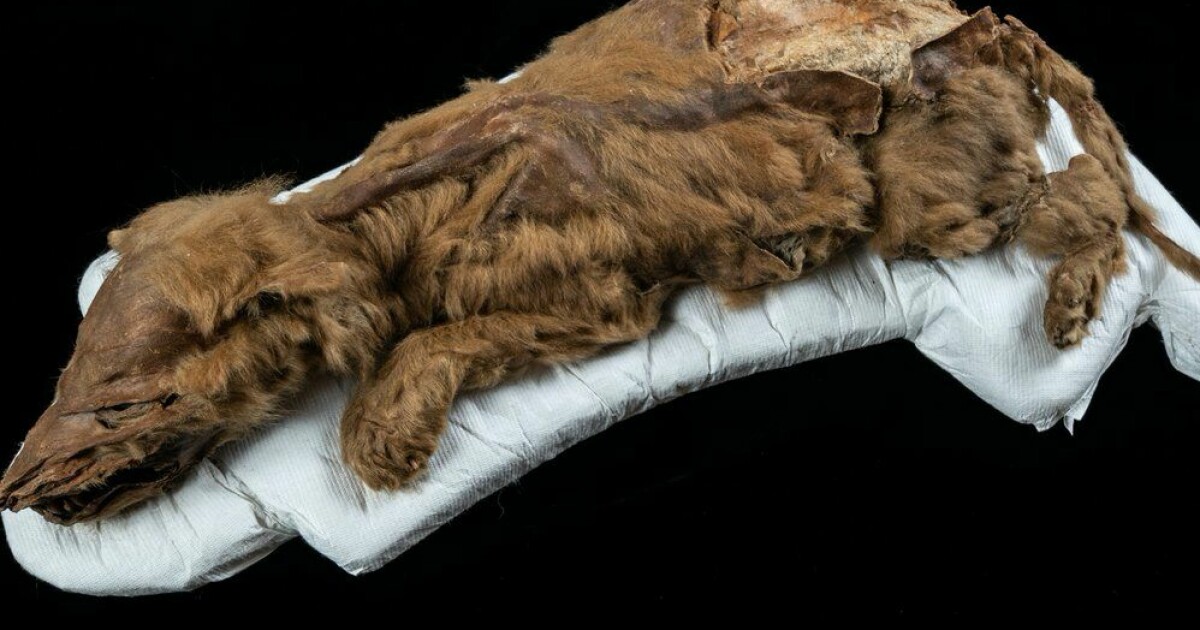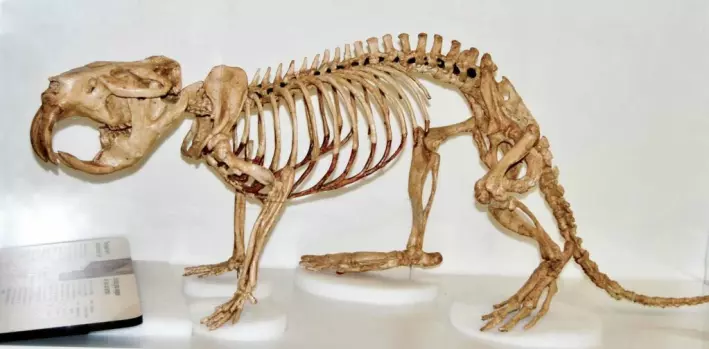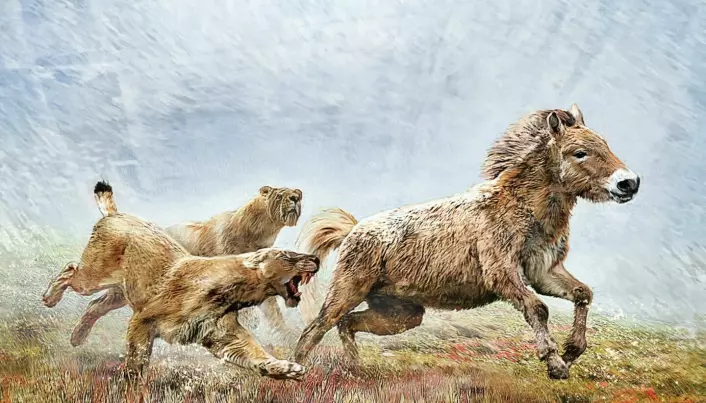A little wolf cub who could have fallen asleep barely an hour ago. Giant beavers and a scary relative of the saber-toothed tiger. As the climate warms, gold diggers in Canada are discovering many strange things.
Permafrost is what is called when the ground has been frozen for many consecutive years.
In some places in the north of the globe, there has been ice in the ground beneath us since the ice ages several thousand years ago.
In Norway, there is permafrost in parts of Finnmark and Troms. Permanent frost on the ground is also found in some places in the high mountains of southern Norway. Svalbard still has a lot of permafrost.
Found in the Klondike
But in the northernmost part of the globe, the warming of the air and the ground is now going very fast.
From Siberia in Russia to northern Canada, many exciting things happen when permafrost thaws.
Scientists have discovered that it has been 57,000 years since the little wolf fell asleep at the Klondike site in the Yukon region of northern Canada.
Here in the Klondike people have been panning for gold for many years. “Klondike” has actually become a term that tells us that a lot of people are doing something at the same time to try to get rich.
The wolf girl Zhùr
The wolf who was called Zhùr looks like she lay down to take a nap. Zhùr means “wolf” in the local Klondike Indian language.
Zhur is a gray wolf. The same goes for the wolves we have in Norway.
The Ice Age wolf is closer to the wolves found in Norway and Sweden today than it is to the wolves found in Canada today. Researchers find this interesting.
The researchers investigated what the wolf ate before it died. They didn’t find it to be musk meat or buffalo meat, as they thought.
Zhur had eaten fish.
Zhùr died neither of starvation nor of a stroke.
The wolf cub likely died when the wolf den the parents may have built collapsed on it, researchers say.
Permafrost is a freezer
It was cold in the Ice Age.
But in the Yukon region of northern Canada, near the border with Alaska, it was so dry that there was not enough water for the glaciers to cover the ground. Thus, many animals could live in this arctic landscape.
The beauty of permafrost is that it works like a freezer.
The remains of animals, people and other things can be preserved almost perfectly. In this way, today’s researchers can discover both what the animals lived on and how they died.
Zhùr is therefore far from being the only very ancient animal that the Klondike gold diggers have found.
The giant cat Homotherium
Ten years ago, gold diggers in the Yukon also found the remains of an extinct feline named Homotherium in Latin.
It is a relative of the more famous saber-toothed tiger.
Researchers from the University of Copenhagen in Denmark were tasked with examining the well-preserved predator, which could likely run at 90 kilometers per hour.
They discovered that the Yukon cat was 47,000 years old.
Based on the genetic material (genes) of the animal, Danish researchers were able to determine that these cats and other cats became different from each other 22 million years ago.

“Devoted reader. Thinker. Proud food specialist. Evil internet scholar. Bacon practitioner.”









